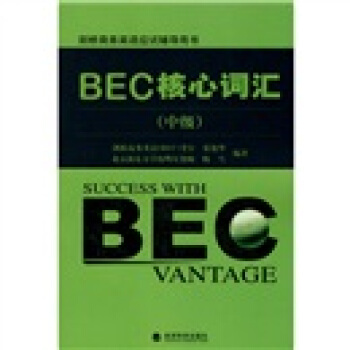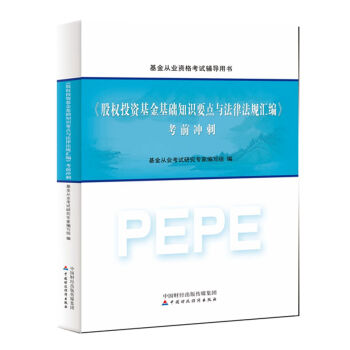

具体描述
产品特色
内容简介
《新东方·新托福考试专项进阶:高级阅读》引进自韩国多乐园出版社。该社成立于1977年,在韩国英语教育出版领域始终处于领军地位。本丛书被韩国众多学校和培训机构指定为课堂教材,在托福考生中享有较高声誉。《新托福考试专项进阶》系列丛书从托福考试所考查的听、说、读、写四项技能人手,为考生提供了详尽的考试指导,并将各技能分为初、中、高三级,逯过独特的“进阶训练”方式,再辅以大量练习,让考生逐步掌握托福实考的技巧,同时切实提高英语实际运用能力,从而在短期内轻松取得托福高分。本丛书内容编排由易到难,循序渐进,实战性强,是不可多得的托福备考资料。作者简介
Timothy Hall,毕业于美国哥伦比亚大学,英语语言学专业硕士。
Arthur H. Milch,美国新泽西学院TESOL专业教育学硕士。
Denise McCormack,美国新泽西学院TESOL专业教育学硕士。
内页插图
目录
ContentsPART 1 Basic Comprehension
Unit 1 Vocabulary
Biology/Sociology/Literature
Unit 2 Reference
Science/History/Economics
Unit 3 Factual Information
Art/Geography/Politics
Unit 4 Negative Factual Information
Culture/Astronomy/Chemistry
Unit 5 Sentence Simplification
Ecology/Biology/Geology
PART 2 Making Inferences
Unit 6 Rhetorical Purpose
Zoology/Sociology/Literature/Language
Unit 7 Inference
Psychology/History/Geography
Unit 8 Insert Text
Art/Economics/Science
PART 3 Reading to Learn
Unit 9 Prose Summary
Geology/Astronomy/Chemistry
Unit l0 Fill in a Table
Culture/Anthropology/Ecology/Biology
Vocabulary Wrap-up
Actual Test 01
Actual Test 02
Contents(Answer Book)
Unit 1 Vocabulary
Unit 2 Reference
Unit 3 Factual Information
Unit 4 Negative Factual Information
Unit 5 Sentence Simplification
Unit 6 Rhetorical Purpose
Unit 7 Inference
Unit 8 Insert Text
Unit 9 Prose Summary
Unit 10Fill in a Table
Actual Test 01
Actual Test 02
精彩书摘
The principles making radio possible were developed throughout the nineteenth century. The first breakthrough was by the British physicist Michael Faraday in 1831. He discovered that when an electric current passes through one wire, it produces a current in another wire even though the wires do not touch each other. In 1864, James Maxwell showed that this current——composed of electromagnetic waves——travels at the speed of light. Heinrich Hertz proved that the waves pass through solid objects. With these discoveries in place, the race was on to develop a system of wireless radio.
Among the contenders was Reginald Fessenden, a Canadian inventor. Fessenden began experimenting with radio detectors in order to explore the possibility of voice transmission. In 1900, he was the first person to transmit his voice, but the sound was unrecognizable because the waves were not continuous. He invented a barreter detector, taking its name from the French word exchanger, to receive AM (amplitude modulated) signals, but it was not sensitive enough. One day in 1901, he accidentally left a filament of wire in acid for too long until only a tip of the wire was in contact with the acid. Fessenden noticed that, with the wire in the acid, the barreter was very sensitive to nearby continuous radio waves.
Fessenden called his invention a liquid barreter, but it became known as an electrolytic detector. The detector consisted of several connected parts forming an electric circuit. A silver-coated platinum wire was dipped into a small platinum cup filled with nitric or sulfuric acid and connected to the ground. A battery was connected between the wire and the acid, prompting a current to flow in the detector. Someone wearing headphones that were hooked up to the detector could hear a hissing noise, which could be adjusted by turning a dial until the hissing noise stopped. At that point, the detector was highly sensitive to incoming radio waves.
……
前言/序言
用户评价
老实说,刚开始接触这本的时候,我有点被它的难度吓到了。它给出的那些模拟测试文章,无论是主题的深度还是语言的复杂程度,都远远超出了我之前做过的任何一套官方指南或者市面上其他同类材料。比如有几篇关于认知心理学和古代哲学思辨的文章,里面的专业术语和复杂的从句结构,简直就是对阅读耐力和理解力的双重考验。我不得不承认,我第一次完整做完一套下来,正确率低得有点让人沮丧。但是,正是这种“硬核”的难度,让我体会到了“进阶”二字的真正含义。它不像那些只关注技巧的“速成宝典”,而是强迫你去真正理解和消化那些高阶学术语言的底层逻辑。如果你的目标不是仅仅“通过”考试,而是想在阅读部分拿到接近满分的顶尖成绩,那么这种高强度的肌肉训练是必不可少的,它是在为你未来的学术生涯打地基。
评分在使用过程中,我发现配套的练习册或者在线资源(如果有的话)才是真正发挥这本书威力的关键。我个人是习惯于将书本上的难点词汇和短语直接抄录到一个单独的生词本里,然后用这本书提供的例句去反推这些词汇在学术语境下的确切含义。这本书的词汇列表选择非常精准,几乎都是ETS高频出现的、但又不容易被常规词汇书覆盖到的那些“半学术”词汇。让我印象深刻的是,它对那些看似简单,但在学术语境下有特定引申义的词汇,做了特别的提示。比如某个常见动词在特定学科语境下,其含义会发生微妙的侧重,这本书把这种细微差别标注得非常清晰。通过这种方式积累词汇,我的阅读速度和对文章整体观点的把握能力得到了显著提升,因为我不再需要花费时间去猜测那些关键的连接词和限定词的含义。
评分这本书最让我感到惊喜的是它对阅读策略的剖析。很多阅读书会告诉你“先看题干再扫读文章”,但这本书更进一步,它详细拆解了不同文章类型——比如科学类、历史类、艺术评论类——分别应该采用何种阅读节奏和信息捕捉策略。它不是简单地提供模板,而是通过大量的实例分析告诉你,在面对需要推断信息的题目时,应该如何定位到原文中那些看似不相关的两个段落进行交叉验证。我特别喜欢它关于“作者意图”分析的那几个章节,它没有给出标准答案,而是展示了不同阅读理解层次的思考过程,从表层信息识别到深层逻辑推理,每一步的推导都有据可循。这套书的价值,更多地在于教会你如何像一个学术研究者一样去审视一篇文本,而不是仅仅作为一个应试者去寻找答案,这种思维模式的转变是无价的。
评分这本书的装帧设计简直是教科书级别的。封面那种低调的深蓝配上简洁的字体,一眼就能看出它面向的是严肃的学习者,而不是那种花里胡哨的应试工具书。拿到手里的时候,纸张的质感相当厚实,不像有些出版社为了省成本用那种透光的纸张,这本书的纸张完全不用担心做笔记时墨水会晕染到下一页,翻阅起来手感极佳,光是这一点,就让我对它接下来的内容充满了期待。我尤其欣赏它在排版上的用心,大段的阅读材料和后面的词汇解析、长难句分析是清晰分隔开的,不会造成阅读上的疲劳感,而且很多关键的逻辑连接词和难点词组都有用不同的颜色或字体标注出来,这种细致入微的处理,真的体现了出版方对学习者体验的重视。我用了好几周,书脊也没有出现任何松动的迹象,看来这本“砖头书”的耐用性是毋庸置疑的,它完全可以承受高强度的反复翻阅和勾画,绝对是值得长期陪伴的备考利器。
评分从一个过来人的角度来说,如果你已经完成了基础阶段的托福阅读训练,并感觉自己遇到了平台期,那么这本书无疑是打破僵局的“破壁锤”。它不是那种可以让你在短期内快速提分的读物,它更像是教练给你制定的长期高强度训练计划。我建议学习者要有足够的耐心,不要指望一周就能消化完。我自己的方法是每周只攻克一到两篇文章,然后花大量时间去研究作者是如何构建论点、如何使用证据的。这本书的价值在于它的“深度”,而不是“广度”。它不会给你塞入几百篇不重要的文章,而是用精选的、高难度的材料来磨砺你的心性。对我而言,这本书最大的作用是重塑了我对“阅读”这件事的认知——它不再是简单的信息获取,而是一种严谨的学术对话过程,这对于后续申请研究生或直接进入国外大学的学习是至关重要的铺垫。
评分很好的书籍。。。。。。。。
评分女儿非常喜欢喜欢,一直在京东买书,非常合适,速度还快!!!
评分自己复习托福还可以
评分包装完好,有一定的实用性。
评分呵呵江湖救急近近景近景近近景近景
评分自己复习托福还可以
评分很不错,希望有帮助
评分托福考试的一本好书
评分很不错的图书,199元减100,还有优惠券
相关图书
本站所有内容均为互联网搜索引擎提供的公开搜索信息,本站不存储任何数据与内容,任何内容与数据均与本站无关,如有需要请联系相关搜索引擎包括但不限于百度,google,bing,sogou 等
© 2025 book.coffeedeals.club All Rights Reserved. 静流书站 版权所有

![新东方·新托福考试专项进阶:高级写作(附光盘) [How to Master Skills for the Toeflibt:Writing Advanced] pdf epub mobi 电子书 下载](https://pic.windowsfront.com/10043709/573bd4d0N8b1e6cae.jpg)
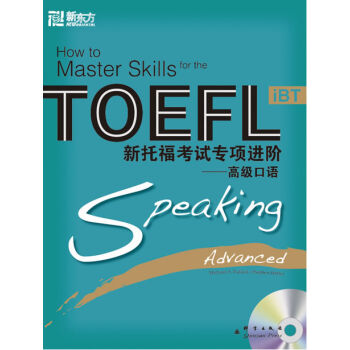
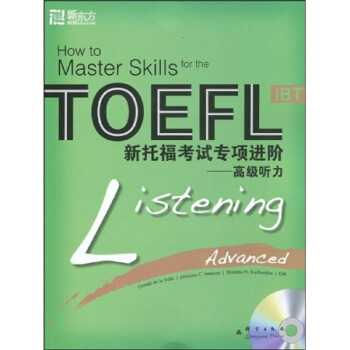
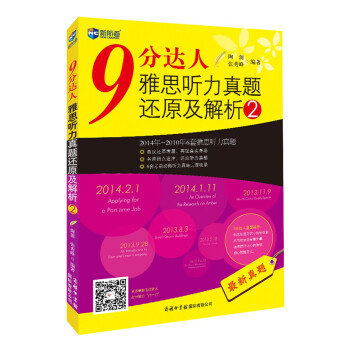

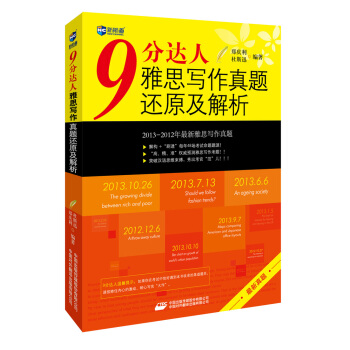

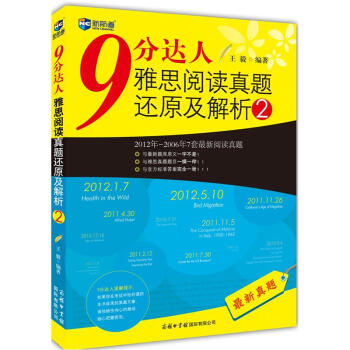
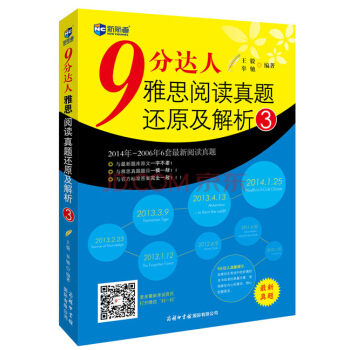
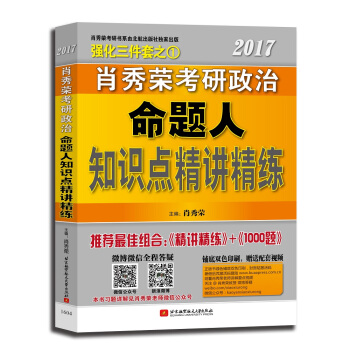
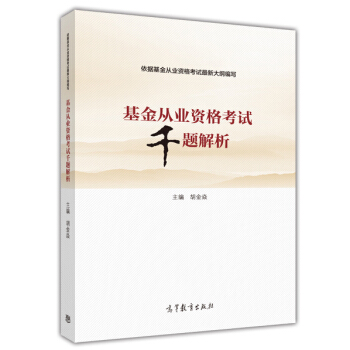
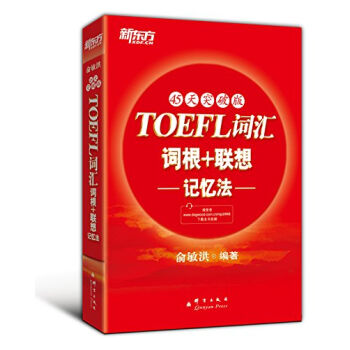
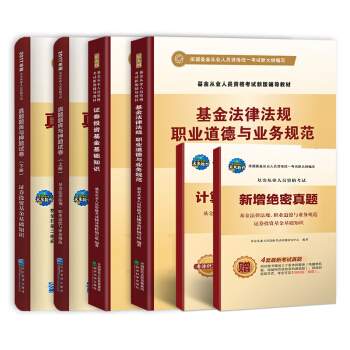
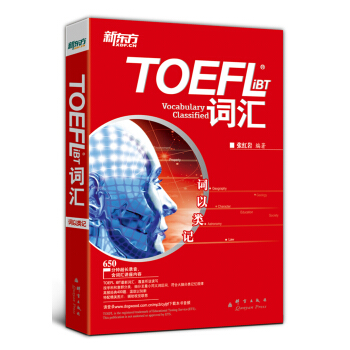

![剑桥商务英语应试辅导用书:BEC听力必备手册(中级)(附MP3光盘1张) [Success with Bec Vantage] pdf epub mobi 电子书 下载](https://pic.windowsfront.com/10974126/rBEDilAOWucIAAAAAACroL11g1wAAFXSAPAVAIAAKu4124.jpg)


